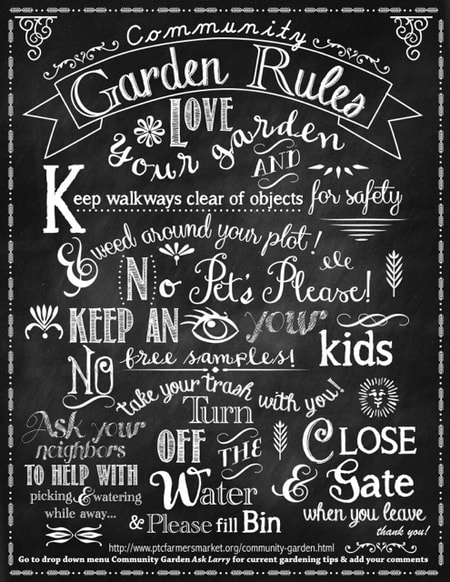The Veggie Files
Some helpful resources can be found on these web sites:
For Insect Identification:
www.enature.com
www.bugguide.net
When to harvest and organic gardening help:
www.organicgardening.about.com
www.savvygarener.com
Supplies and seeds:
www.farmtek.com
www.johnnyseed.com
www.ttomatogrowerssupply.com
www.parksseed.com
www.keenegarlic.com
Local nurseries
Country Gardens Farm & Nursery....3728 Lower Fayetteville Rd, Newnan Ga 770-251-2673
Millpond Gardens Nurseries...105 Highway 85 connector, Brooks, Ga 770- 719-1764
Ashley's Garden Nursery .....152 Morgan St. Senoia, Ga 678-378-1489
For Insect Identification:
www.enature.com
www.bugguide.net
When to harvest and organic gardening help:
www.organicgardening.about.com
www.savvygarener.com
Supplies and seeds:
www.farmtek.com
www.johnnyseed.com
www.ttomatogrowerssupply.com
www.parksseed.com
www.keenegarlic.com
Local nurseries
Country Gardens Farm & Nursery....3728 Lower Fayetteville Rd, Newnan Ga 770-251-2673
Millpond Gardens Nurseries...105 Highway 85 connector, Brooks, Ga 770- 719-1764
Ashley's Garden Nursery .....152 Morgan St. Senoia, Ga 678-378-1489
Plant Varieties |
Planting Guide |
|
A list of vegetables with specific plant varieties that work in our area.
|
The Georgia Organics Planting Calendar.
| ||||||||||||
Some Companion Vegetables
|
